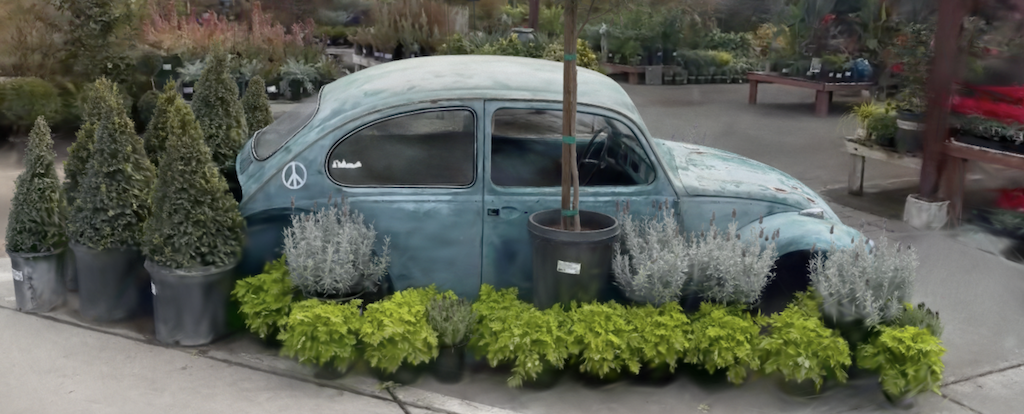Gaussian Splats

Gaussian Splatting is a cutting-edge technique for representing and rendering three-dimensional (3D) scenes, widely used in fields such as photogrammetry, computer graphics, and virtual reality. Unlike other approaches, Gaussian Splatting represents the scene as a set of points in space, known as “Gaussians.” These Gaussians are similar to drops or splats in 3D space, each with unique parameters such as position, size, and color.
The process involves projecting these Gaussians onto a 2D plane from the camera’s perspective and then rendering them to produce a final image. This method was originally introduced as "splatting" by Lee Westover in the early 1990s.
In recent advancements, 3D Gaussian splatting has emerged as a powerful tool for real-time radiance field rendering. This technique allows for the creation of high-quality, real-time novel-view scenes by combining multiple photos or videos. It represents scenes using 3D Gaussians, which retain the properties of continuous volumetric radiance fields.
Applications of Gaussian Splatting

- Real-time rendering: It allows rendering complex scenes in real-time with high speed and quality, crucial for interactive and entertainment applications such as video games and virtual simulations.
- Photogrammetry and 3D reconstruction: In photogrammetry, Gaussian Splatting is used to represent and reconstruct three-dimensional scenes from 2D images, enabling detailed and accurate 3D models from photographic data.
- Virtual and augmented reality: In virtual and augmented reality environments, it allows rendering complex and dynamic scenes in real-time, providing users with a greater sense of presence and realism.
The key advantage of Gaussian splatting is its ability to generate photo-realistic images with accurate geometry and real-time rendering speed, making it particularly useful for applications such as 3D reconstruction and dynamic scene rendering.
Our Dataset for Benchmark
We are excited to introduce our benchmark dataset, which is freely available under the Creative Commons v4 license. This dataset has been meticulously captured using smartphones under no constraint conditions, ensuring a diverse range of materials, textures, lighting conditions, camera angles, object sizes, and smartphone models. Importantly, all data is provided without compression to maintain the highest quality.
Our dataset is designed to support a wide array of research and development projects in fields such as computer vision, machine learning, and 3D reconstruction. By offering this resource, we aim to foster innovation and collaboration within the community.
Feel free to explore and utilize our dataset for your projects.
We look forward to seeing the incredible work you will create with it!
Usage License
All this dataset is available under Creative Commons V4.0 International License.
You are free to:
- Share — copy and redistribute the material in any medium or format for any purpose, even commercially.
- Adapt — remix, transform, and build upon the material for any purpose, even commercially.
- The licensor cannot revoke these freedoms as long as you follow the license terms.
Under the following terms:
- Attribution — You must give appropriate credit , provide a link to the license, and indicate if changes were made . You may do so in any reasonable manner, but not in any way that suggests the licensor endorses you or your use.
- No additional restrictions — You may not apply legal terms or technological measures that legally restrict others from doing anything the license permits.
Why we are doing this?
We are a group of engineers, scientists and tech-savvy people that are looking for the next big thing. We could do it alone, but we understand that supporting the community, we can go faster and further.
How to render the Gaussian Splats
Thanks to Kevin Kwok, we can easily render using almost any browser by using the following tool that you can find on GitHub.
As an example, you can access it here
